#slavicedit
Text

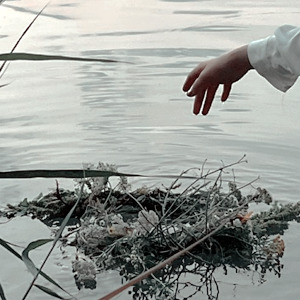



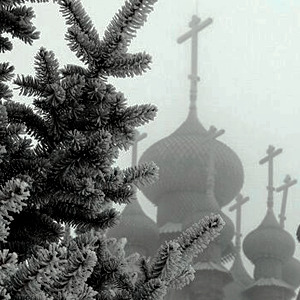

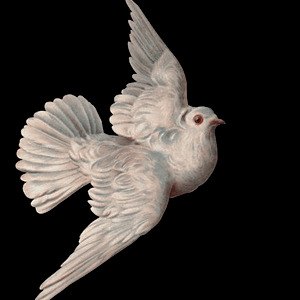
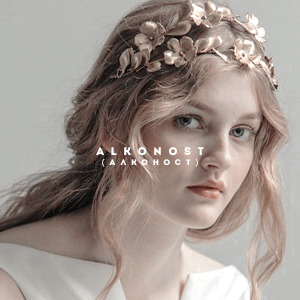
slavic mythology: sirin, alkonost and gamayun
The Alkonost is a legendary woman-headed bird in Slavic folklore. Alkonost is more likely an individual character, as was noted in some legends about this bird.
Sirin is a mythological creature of Rus' legends, with the head of a beautiful woman and the body of a bird (usually an owl), borrowed from the siren of the Greek mythology. According to myth, the Sirin lived in Iriy or around the Euphrates River.
Gamayun is a prophetic bird of Russian folklore. It is a symbol of wisdom and knowledge and lives on an island in the mythical east, close to paradise.
#mythedit#mythologyedit#slavicedit#folkloreedit#mythology#slavic mythology#slavic folklore#sirin#alkonost#gamayun#mine
164 notes
·
View notes
Photo



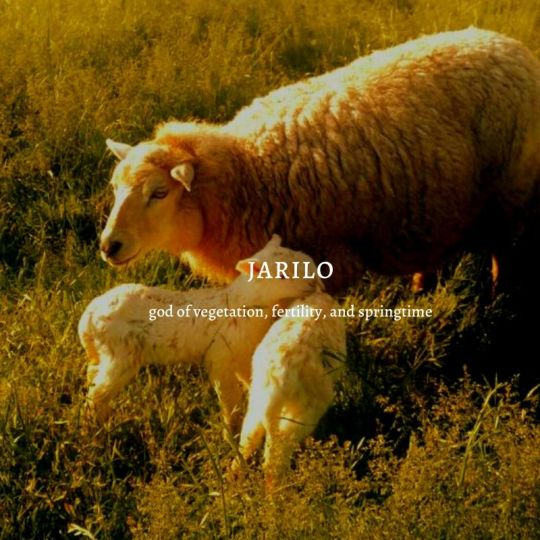


slavic mythology | gods & goddesses | jarilo
→ The only historic source that mentions this deity is a 12th-century biography of the proselytizing German bishop Otto of Bamberg, who, during his expeditions to convert the pagan tribes of Wendish and Polabian Slavs, encountered festivals in honor of the war-god Gerovit in the cities of Wolgast and Havelberg. Gerovit is most likely a German corruption of the original Slavic name Jarovit. The history of this deity was reconstructed to become god of vegetation, fertility, and springtime.
#this one was tricky#slavic mythology#slavic myth#slavicmythologyedit#slavicmythedit#slavicedit#mythologyedit#mythedit#myedit#mine#gods and goddesses#jarilo#god of vegetation#aesthetic#graphics#moodboard#requested
241 notes
·
View notes
Photo


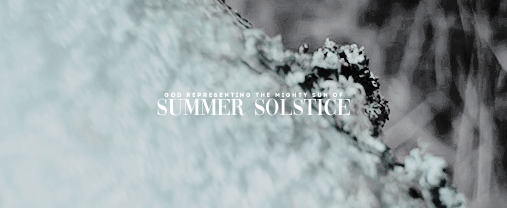

@diceeury worldwide deities meme → slavic dieties → ivan kupala; god representing the mighty sun of summer solstice.
“Russian: Иван-Купала. He is celebrated on Kupala Night with rituals of purification through water and fire.”
#slavic#slavic mythology#slavicedit#worldwidedeitiesmeme#ivan kupala#kupala night#mythologyedit#mythology#userkenzo#edit#mine
519 notes
·
View notes
Text

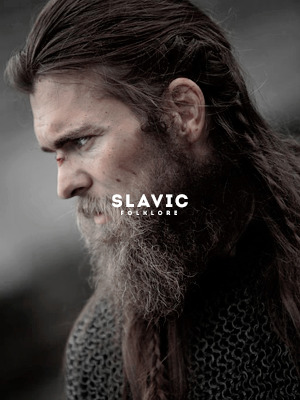







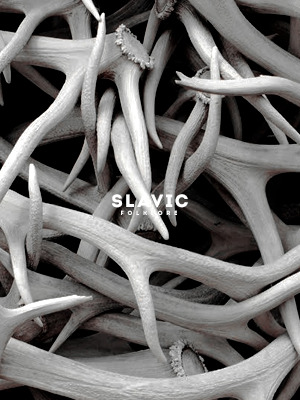
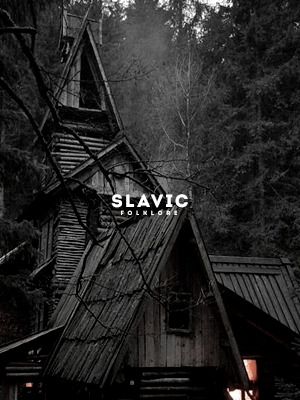

slavic mythology: “The older she grows, the farther she walks. It is a good thing the world is round and she is fond of walking in circles or else she might disappear across three times nine countries in the thirtieth tsardom!”
#mythedit#mythologyedit#slavicedit#folkloreedit#mythology#slavic mythology#slavic folklore#slavic#folklore#russia#mine
189 notes
·
View notes
Text


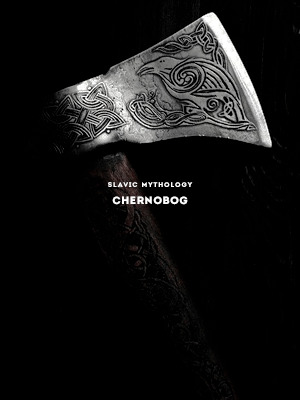


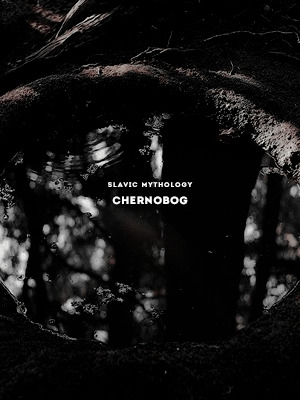
slavic mythology: chernobog (czernebog, czorneboh)
"Also, the Slavs have a strange delusion. At their feasts and carousals, they pass about a bowl over which they utter words, I should not say of consecration but of execration, in the name of [two] gods — of the good one, as well as of the bad one — professing that all propitious fortune is arranged by the good god, adverse, by the bad god. Hence, also, in their language, they call the bad god Diabol, or Zcerneboch, that is, the black god."
#mythedit#mythologyedit#slavicedit#folkloreedit#mythology#slavic mythology#slavic folklore#chernobog#mine
101 notes
·
View notes
Text
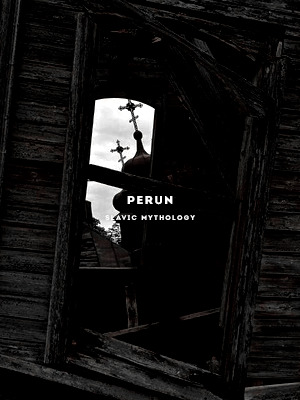



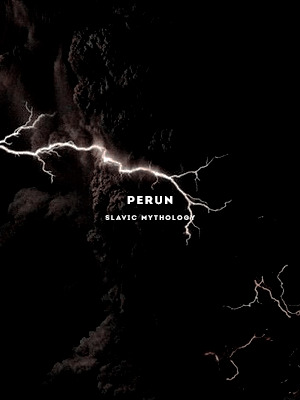

slavic mythology: perun (pierun)
"In Slavic mythology, Perun (Cyrillic: Перýн) is the highest god of the pantheon and the god of sky, thunder, lightning, storms, rain, law, war, fertility and oak trees. His other attributes were fire, mountains, wind, iris, eagle, firmament (in Indo-European languages, this was joined with the notion of the sky of stone), horses and carts, and weapons (hammer, axe (Axe of Perun), and arrow). The supreme god in the Kievan Rus' during the 9th-10th centuries, Perun was first associated with weapons made of stone and later with those of metal."
#mythedit#mythologyedit#slavicedit#folkloreedit#mythology#slavic mythology#slavic folklore#perun#mine
74 notes
·
View notes
Text





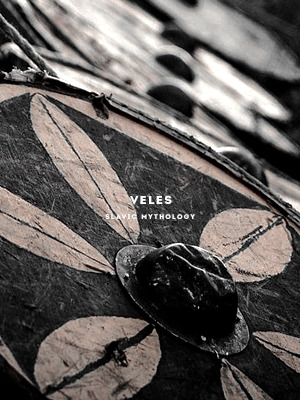
slavic mythology: veles (volos)
"Veles, also known as Volos, is a major god of earth, waters, livestock, and the underworld in Slavic paganism. According to reconstruction by some researchers, he is the opponent of the supreme thunder god Perun. As such he probably has been imagined as a dragon, which in the belief of the pagan Slavs is a chimeric being resembling a cross between a bear and a snake that devours livestock."
#mythedit#mythologyedit#slavicedit#folkloreedit#mythology#slavic mythology#slavic folklore#veles#mine
50 notes
·
View notes
Text
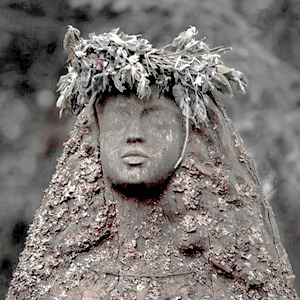








slavic mythology: kupala (kupalo, ivan's day)
"Ivan Kupala (Ivan's Day, Ivanshchyna, Ivan Kupala, Kupala) is a folk holiday of the Eastern Slavs, celebrated on June 24 (July 7), dedicated, according to researchers, to the summer solstice and the highest flowering of nature. In time and name it coincides with the Christian holiday of the Nativity of John the Baptist, from which it takes its name: since John's name is the Baptist, it literally translates from Greek as a swimmer, a submerger in water.
The night before the holiday surpasses Ivan Kupala Day itself in its ritual content."
#mythedit#mythologyedit#slavicedit#folkloreedit#mythology#slavic mythology#slavic folklore#kupalo#kupala#kupala night#mine
24 notes
·
View notes
Photo


slavic mythology → kupala
goddess of the summer solstice, joy & water
#slavic mythology#slavic myth#slavicmythologyedit#slavicmythedit#slavicedit#mythedit#mythologyedit#myedit#mine#aesthetic#kupala#slavic goddess#gods and goddesses#graphics#water#summer
610 notes
·
View notes
Photo

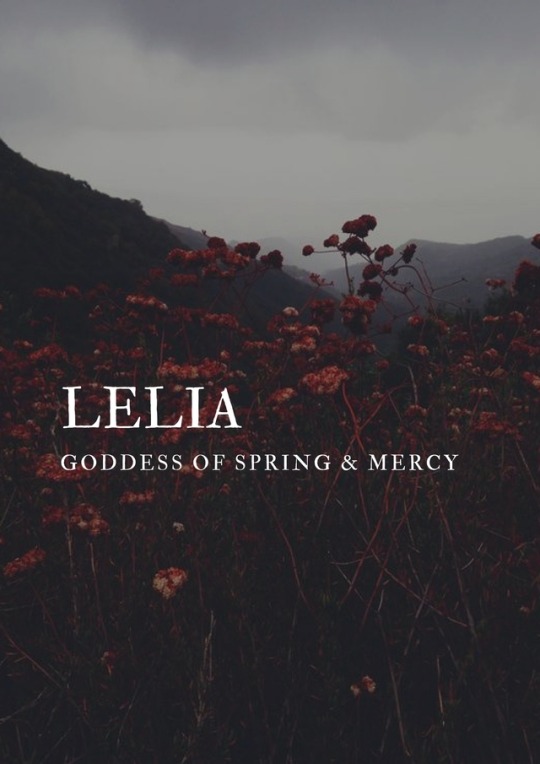
slavic mythology → lelia
slavic goddess of spring & mercy
#slavic mythology#slavic myth#slavicedit#slavicmythologyedit#slavicmythedit#myedit#mine#lelia#gods and goddesses#aesthetic#spring#graphics#pink
624 notes
·
View notes
Photo

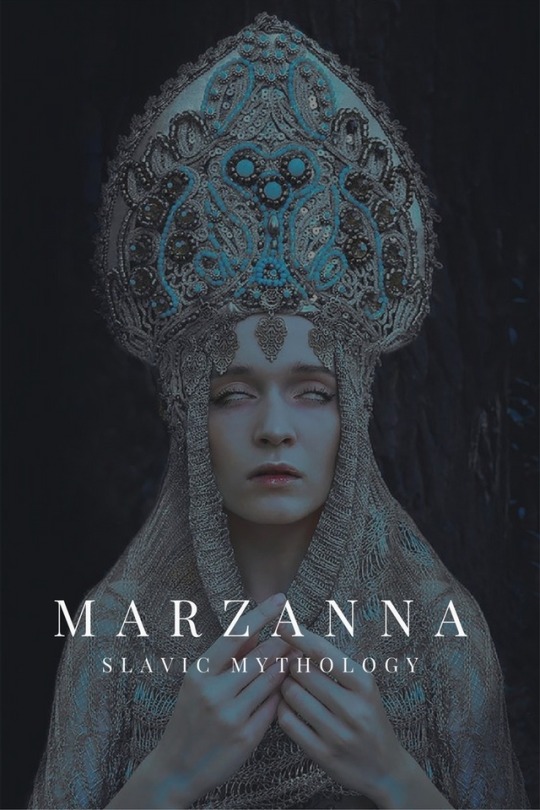


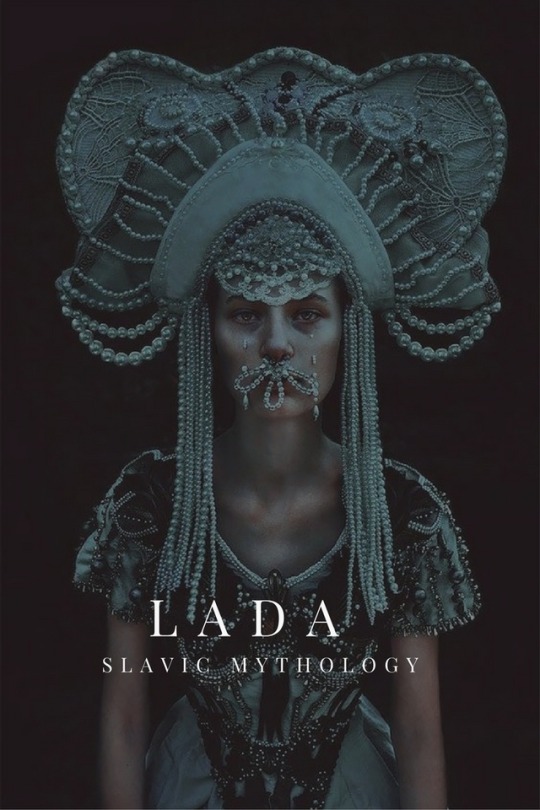

@blackhtorns asks → chinese or slavic mythology
#slavic mythology#slavicedit#slavicmythedit#slavicmythologyedit#mythedit#mythologyedit#mine#myedit#rod#lada#mokosh#kupala#marzanna#devanna#aesthetic#graphics#slavic myth#blackhtorns
2K notes
·
View notes
Photo


@melqomene asks → Loki or Veles
Veles was a major Slavic god of the earth, water, and underworld
#slavic mythology#slavic myth#slavicedit#slavicmythedit#slavicmythologyedit#mythologyedit#mythedit#myedit#mine#aesthetic#veles#gods and goddesses#slavic gods#graphics#green#dark#melqomene
422 notes
·
View notes
Photo
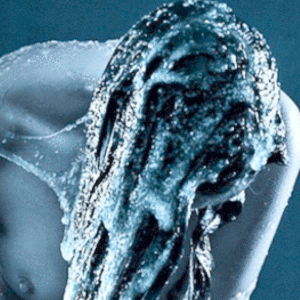








Slavic mythology ↣ Baba Yaga
↳ Babe Yaga is a supernatural beinge who appears as a deformed and/or ferocious-looking witch. Baba Yaga flies around in a mortar, wields a pestle, and dwells deep in the forest in a hut usually described as standing on chicken legs (or sometimes a single chicken leg) Baba Yaga may help or hinder those that encounter or seek her out. She sometimes plays a maternal role, and also has associations with forest wildlife. Baba Yaga commonly appears as either a donor or villain, or may be altogether ambiguous.
requested by @quipsterlotte-studies
#witches#moodboard#baba yaga#slavicmythologyedit#slavicmythedit#slavicedit#mythedit#aesthetic#mine#slavic mythology#mythology
504 notes
·
View notes
Photo

Slavic Mythology ↠ Lada
#slavic mythology#lada#goddess#harmony#youth#love#beauty#mythedit#mine#aesthetic#graphic#goddesses and gods#slavicmythologyedit#slavicmythedit#slavicedit
225 notes
·
View notes